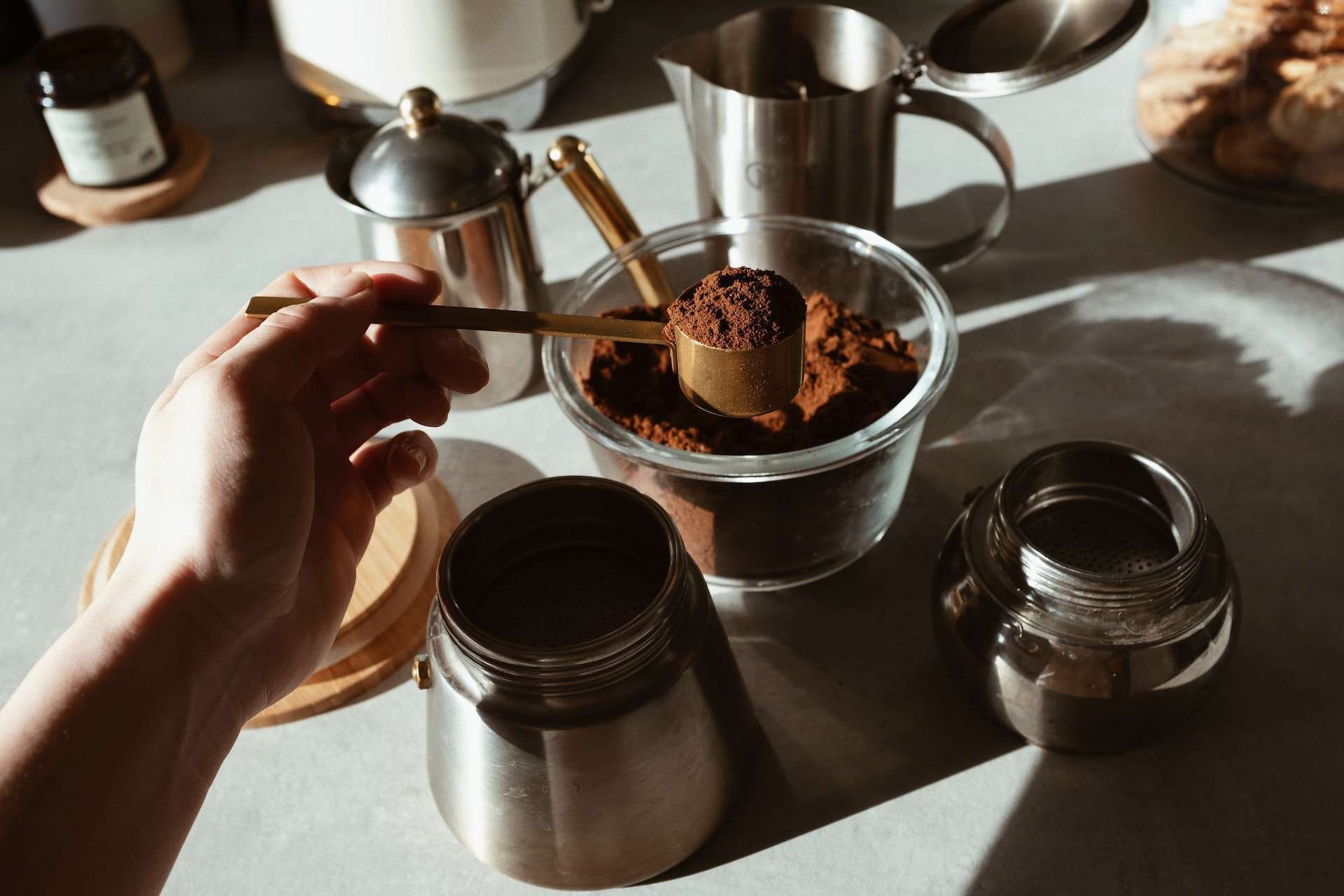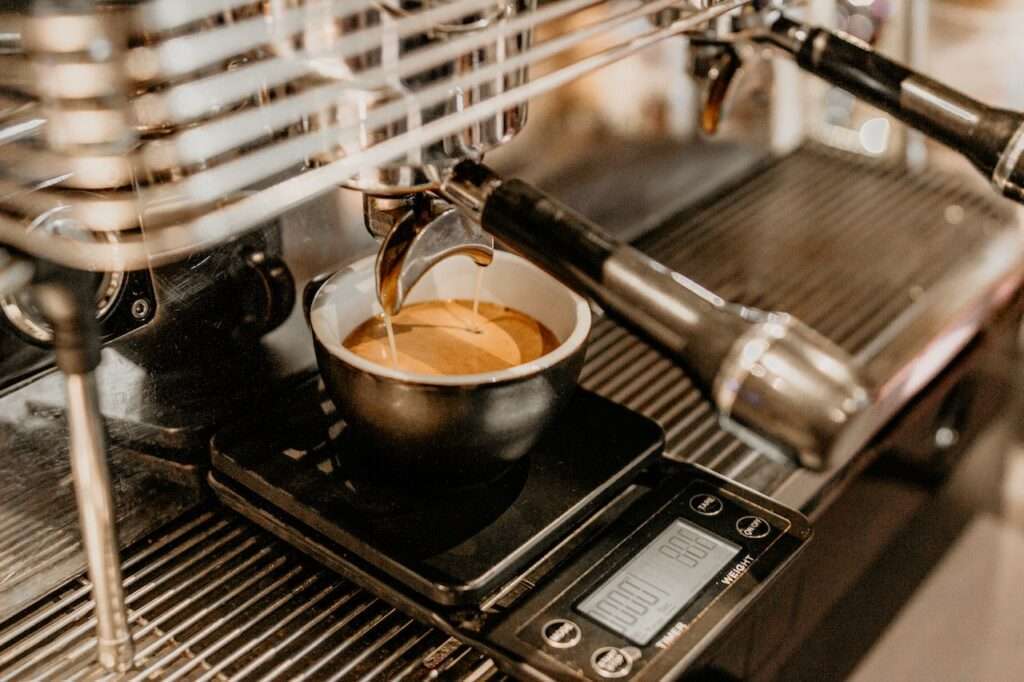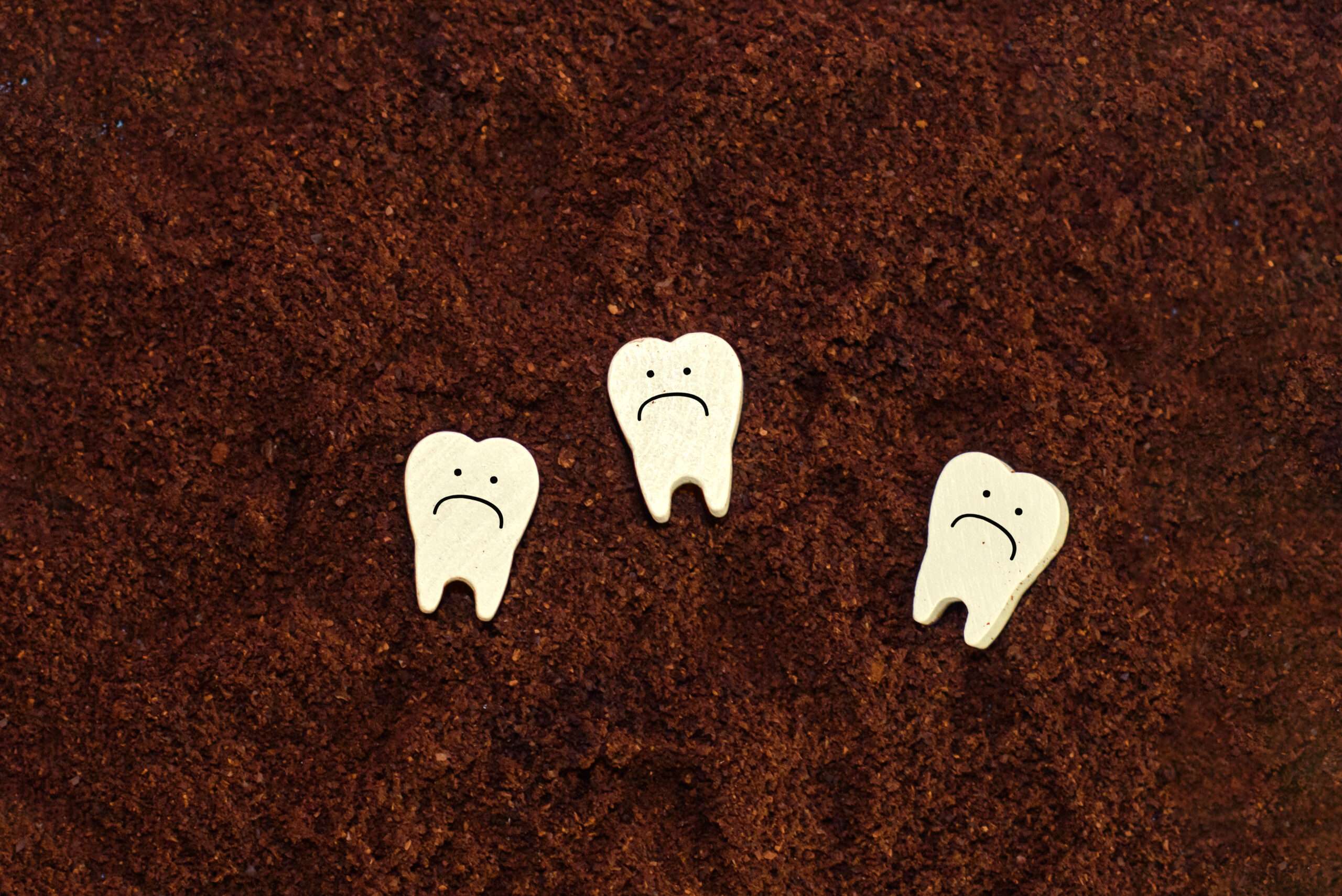AED 0,00
Table of Contents

How Many Ounces Are in a Cup of Coffee” explores the most critical question when brewing the perfect cup of coffee. This comprehensive guide uncovers the secrets behind measuring ounces in a cup of coffee, which Satisfying the curiosity of coffee lovers around the world; this guide provides the ultimate answer to this common query on the standard coffee cup size, variations in cup size, and the importance of coffee to water ratio.
Table of Contents
The Standard Coffee Cup Size
There are eight fluid ounces in an average American coffee cup (237 millilitres). For measurements of coffee, this size is used as standard size as a This is common measurement benchmark. Coffee cup sizes differ among nations, cultures, and even businesses, so it’s crucial to be aware of this.
The Variations of Coffee Cup Sizes
There are various sizes of coffee cups, even though eight fluid ounces is the standard. Some coffee shops offer larger cups, 12 to 16 ounces or more, while others only provide smaller cups, 6 to 7 ounces. Frequently, the desired strength of the final cup determines the size of the cup, the type of coffee being brewed, and personal preference.
Measuring Coffee in Ounces
Frequently, people use weight instead of volume to enhance accuracy and consistency when measuring coffee. They often express the significance of coffee in ounces (oz). According to a conventional rule of thumb for brewing coffee, every 16 ounces of water should be accompanied by 1 ounce of coffee. This ratio can be adjusted based on individual taste preferences.
The Importance of Coffee-to-Water Ratio
The amount of coffee to water you use will determine how strong and flavorful your coffee will be. You can create a well-balanced cup that highlights the distinctive qualities of the coffee by keeping the proper balance. You can adjust the strength of your brew to suit your tastes by experimenting with various ratios.
Brewing Techniques for Different Cup Sizes
To maintain the correct coffee strength, brewing methods may be changed depending on the cup size. For smaller cups, it is frequently advised to use a finer grind size and a shorter brew time to extract good flavours. On the other hand, larger cups can need a rougher grind and more brewing time to prevent over-extraction.
Factors Affecting Coffee Cup Size
The amount of coffee in a cup might vary depending on several factors. The final cup size depends on the coffee bean type, the roast level, and the brewing technique used. Moreover, the volume can be changed by adding milk, cream, or sugar. It is crucial to consider these things when figuring out how many ounces should go into your cup of coffee.
Tips for Measuring Coffee Accurately
It is highly advised to purchase a digital scale to measure coffee precisely. Using a scale promotes consistency and accurate measurements throughout the brewing process. Also, regardless of the cup size, a scale makes it simple to modify the ratio of coffee to water to achieve the required strength.
Conversions from Ounces to Other Units of Measurement
You might occasionally have to change coffee measurements from ounces to another unit of measurement. These are a few typical conversions:
- 1 ounce = 28.35 grams
- 1 ounce = 2 tablespoons
- 1 ounce = 6 teaspoons
These conversions can be helpful when following recipes or using different measuring tools.
Adjusting Coffee Strength Based on Personal Preference
The appeal of making coffee is that you may alter it to suit your preferences. Adjust the coffee-to-water ratio if you desire a more robust cup. If you select a milder brew, on the other hand, shifting the balance in the other direction will result in a lighter flavour profile. To find the ideal cup of coffee, feel free to explore.
Brewing Methods for Optimal Flavor Extraction
Various brewing techniques can impact the process of extracting flavour. Pour-over, French press, espresso, and cold brew are a few examples of techniques with distinctive qualities. You can modify your brewing procedure to get the flavour and strength you want by being aware of the subtle differences between these techniques.
Understanding Coffee Dilution
Water is diluted with coffee when it is added to brewed coffee. Dilution can occur accidentally when milk or other additions are added, like when making an Americano or on purpose while making a beverage. The final cup’s volume and strength are both impacted by dilution. Understanding the dilution process makes calculating the number of ounces in your cup of coffee easier.
The Role of Grind Size in Coffee Measurements
The brewing process is substantially impacted by grind size. Coffee that has been ground finely extracts quickly and has a more pungent taste, whereas coffee that has been ground coarsely takes longer to extract and has a milder flavour. You can regulate the extraction rate and enhance the flavour characteristic of your coffee by changing the grind size.
The Significance of a Digital Scale in Coffee Brewing

The use of a digital scale is essential for precise brewing. Weighing the coffee beans and water will ensure consistent results with each brew. No matter the cup size or brewing technique, the scale removes guessing and guarantees that your coffee-to-water ratio remains precise.
How Many Ounces Are in a Cup of Coffee?
Brewing the ideal cup of coffee requires understanding the relationship between ounces and cup sizes. Although eight fluid ounces is the typical size for a coffee cup in the US, it’s important to remember that cup sizes might vary. You may change the strength and flavour of your coffee by using the proper coffee-to-water ratio, adjusting the grind size, and experimenting with brewing methods. To improve your coffee experience, measure your coffee precisely using a digital scale and experiment with various brewing techniques.
Enjoy Reading? You might also like How to remove coffee stains from teeth
FAQs
- Q: Can I use volume measurements instead of weight when brewing coffee?
- A: While volume measurements can be used, using weight measurements with a digital scale ensures greater accuracy and consistency in your coffee brewing.
- Q: How can I adjust the strength of my coffee?
- A: To adjust the strength, you can modify the coffee-to-water ratio by adding more or less coffee based on your preference.
- Q: Does the type of coffee beans affect the cup size?
- A: The type of coffee beans can influence cup size due to variations in bean density and roast level.
- Q: Is it necessary to use a digital scale for measuring coffee?
- A: While not mandatory, using a digital scale provides precise measurements and allows for more control over your brew.
- Q: Can I convert ounces to other units of measurement for coffee?
- A: Yes, ounces can be converted to grams, tablespoons, or teaspoons for convenience when following recipes or using different measuring tools.
About Me
Hi, this is Aliyan Baig, I m a serial entrepreneur and digital creator based in Dubai. I’m running a different business with the collaboration of different companies in UAE and outside of UAE.
Recent Posts
Follow Us
Related Posts

How Many Ounces Are in a Cup of Coffee -A 360 Guide
How Many Ounces Are in a Cup of Coffee” explores the most critical question when brewing the perfect cup of coffee. This comprehensive guide uncovers

Top 8 Provan Ways to Remove Coffee Stains from Teeth
Get rid of coffee stains from your teeth and restore your shining smile back with our 8 provan ways.
Coffee Markaz
coffeemarkaz.com is an online platform operated by Top One Coffee Roastery LLC. At coffeemarkaz.com we offer coffee and coffee-related supplies at the best price in UAE and GCC.
Call/WhatsApp Support?
Saturday – Thursday: 9:00-06:00
Friday 01 PM – 06 PM
Our Stores
Cuppa East
Top One Coffee
Customer Service
- -5% for all orders in this week Shop now
- Free delivery for all orders over AED200



